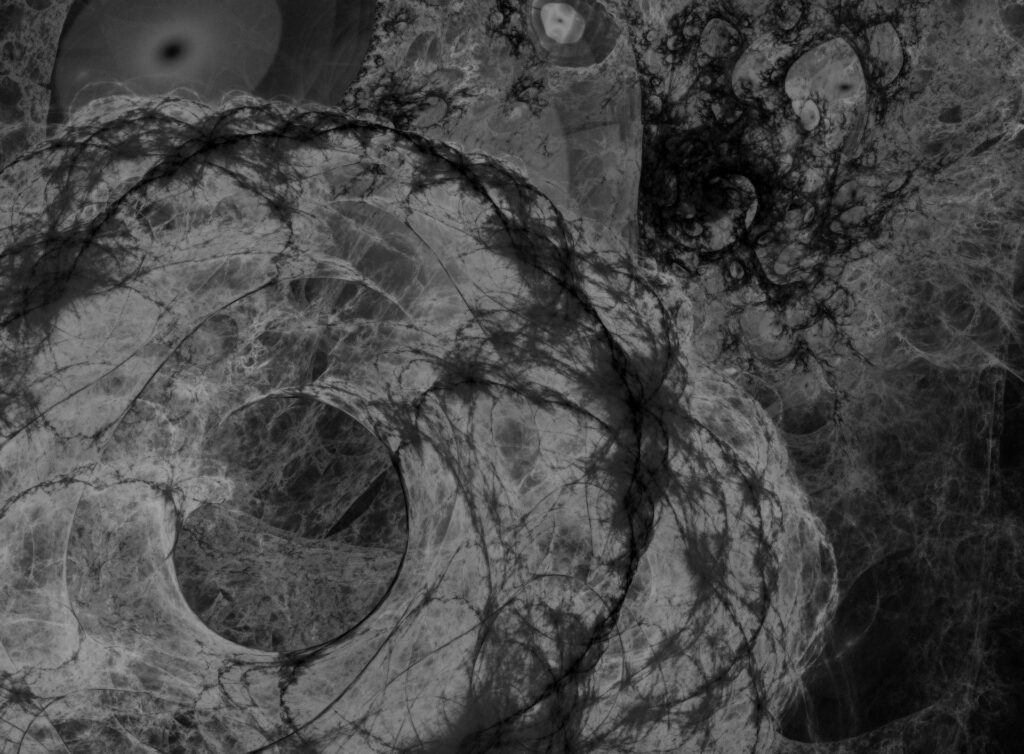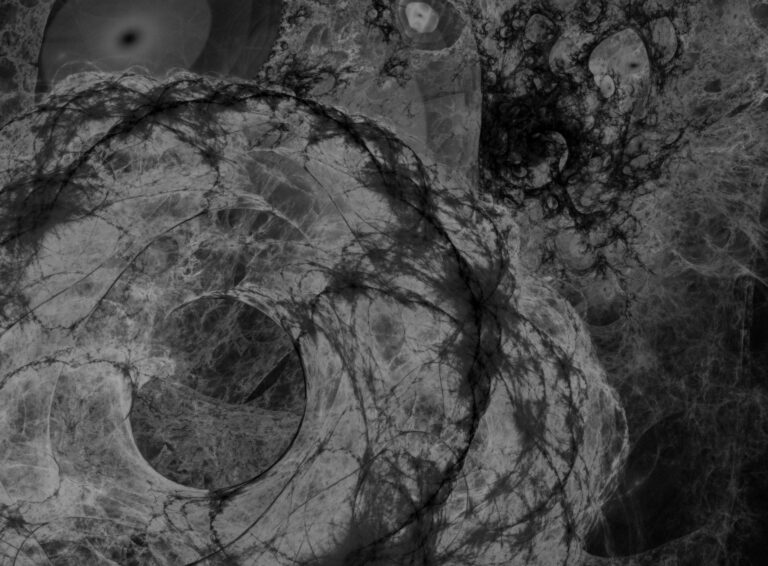Research Illuminates the Nature of Axion Dark Matter
A new study conducted by scientists from Durham University and Kings College London provides strong support for the search for axion dark matter. Dark matter, which accounts for 85% of the matter in the universe, remains a major mystery in particle physics. While its existence is known due to its gravitational effects on celestial bodies, the nature of the particle itself remains elusive. The researchers delved into the mathematical description of axions and their connection to the fundamental symmetries of the Standard Model of particle physics.

The axion offers an explanation for the time reversal symmetry observed in the strong interaction, which governs the binding of quarks in protons and neutrons. However, the reason behind this symmetry remains unknown, making the axion a popular candidate for solving this puzzle. Unlike individual particles, axion dark matter behaves more like a pervasive field that covers the entire universe. In the early stages of the universe, the axion field oscillates, storing energy that manifests as axion dark matter. Since dark matter interacts weakly with light, scientists have not yet directly observed it. However, by closely examining telescope observations, researchers may be able to detect subtle signs of interaction between axion dark matter and light.
The publication of the research findings in Science Advances provides a comprehensive analysis of the topic. Additionally, a companion review paper titled “Axion Dark Matter: How to see it?” authored by Yannis Semertzidis and SungWoo Youn, explores the potential detection of axions in laboratory settings. Dr. Francesca Chadha-Day, a co-author of the study, expressed enthusiasm about the current state of axion physics, highlighting the ongoing quest to uncover the true nature of dark matter. The researchers aim to generate greater interest and comprehension of axion physics among the wider community of physicists and scientists.
This article is republished from PhysORG under a Creative Commons license. Read the original article.
Do not forget to share your opinion with us to provide you with the best posts !




0 Comments